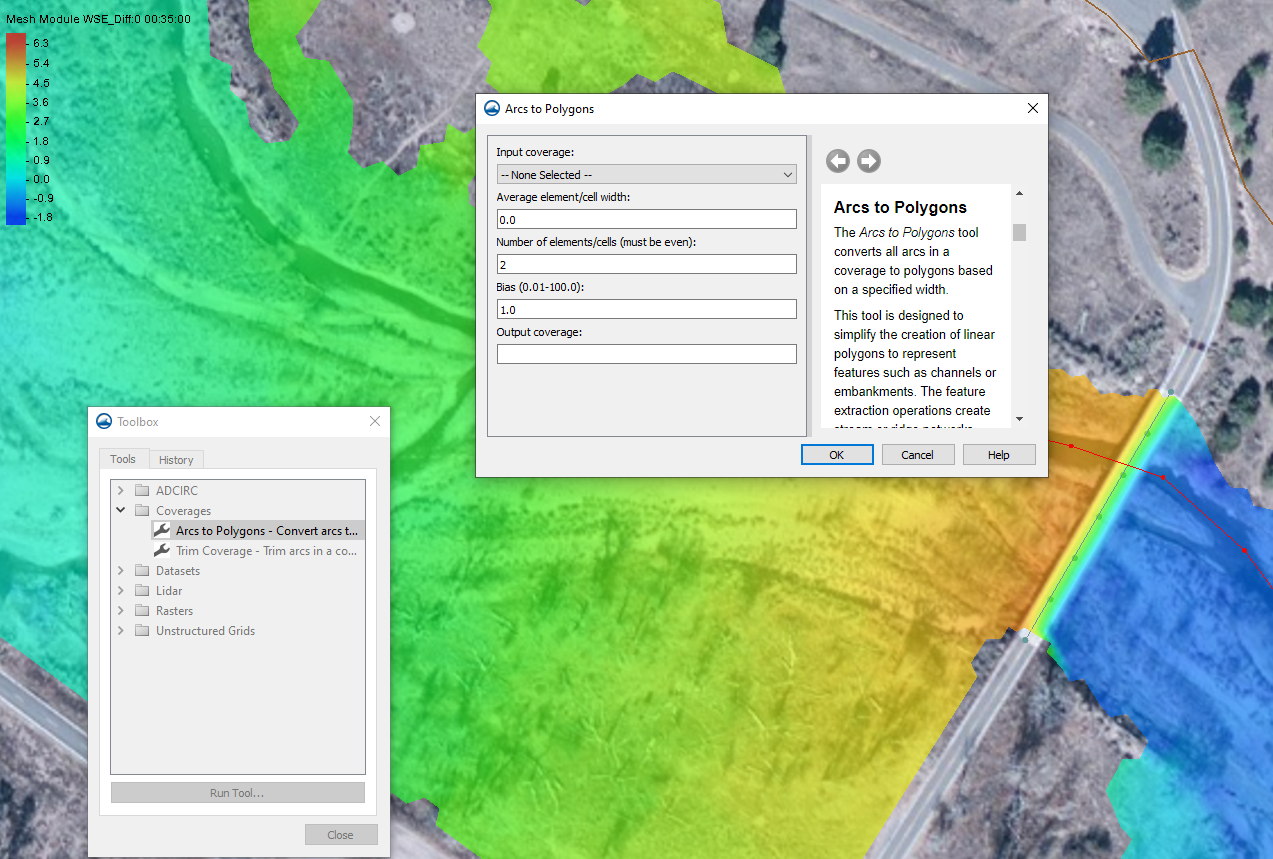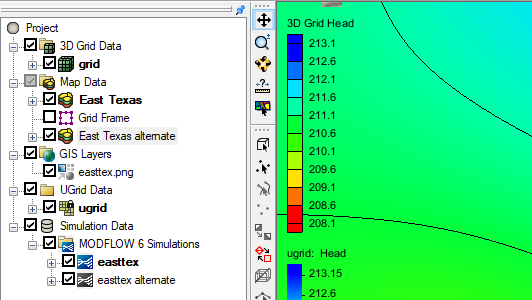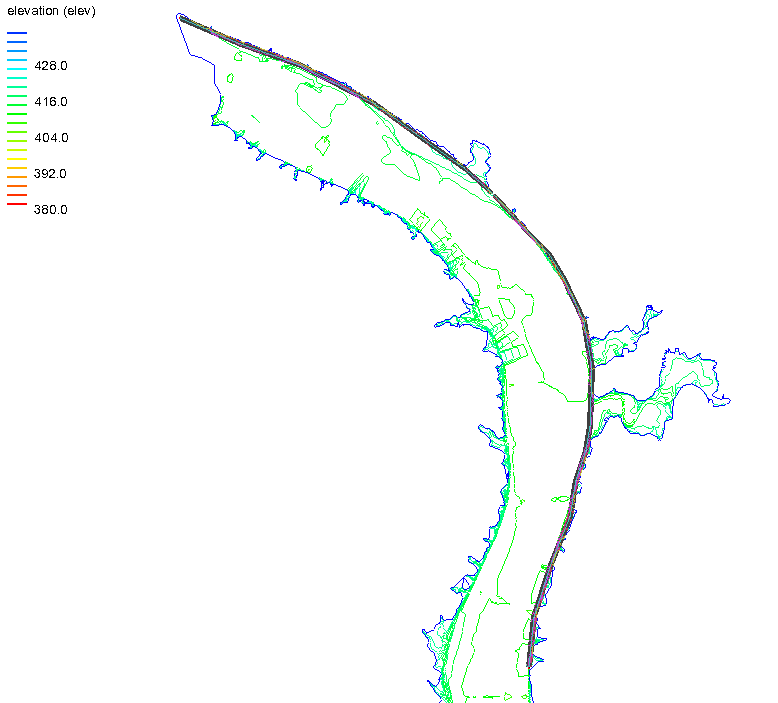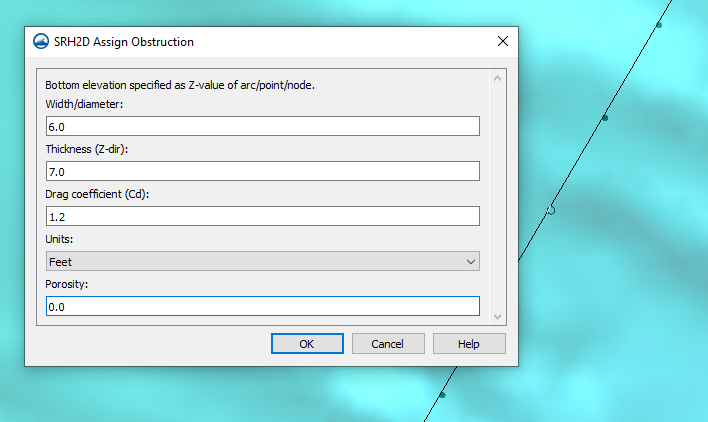Announcing SMS 13.2 Beta
By aquaveo on February 23, 2022We are pleased to announce that SMS 13.2 has been released in beta. SMS 13.2 beta includes many new features to aid in your surface-water projects. Here are a few of the new features we’re excited about.
SRH-2D Improvements
SMS continues to add support for SRH-2D. SMS 13.2 has improved support for modeling HY-8 structures as links to allow for 2D flow overground.The sediment transport options have also been improved. Additional tools for SRH-2D include calibration options and report generation.
New Toolbox
A new toolbox has been added giving you more options for adjusting and manipulating data in your projects. The toolbox contains many of the tools that are in the Dataset Toolbox with the addition of several more tools. Additional tools will be added to this toolbox in future versions of SMS.

Display Themes
The Display themes tool allows you to save your display options settings which can be reused later or applied to other models. Specific display options and views can be saved as display themes. Furthermore, you can have multiple display themes in a project. This makes it easier to switch between different regularly used displays.
UGrid Clipping
SMS continues to improve its features for unstructured grids (UGrid). The UGrid module now has an additional option for clipping. This option can be found in the UGrid Display Options. Turning on the UGrid clipping option allows you to create a "clipping widget" that you can use to hide part of your Ugrid. Primarily this feature allows you to view cross sections of a UGrid.
Model Interface Updates
The interface for a couple models have been updated. This includes CMS-Wave and TUFLOW-FV. These interface updates make use of workflows similar to CMS-Flow and SRH-2D. Additional functionality has also been added to these models.
These are just a few of the features that are a part of SMS 13.2 beta. Try out these features and many more by downloading the SMS 13.2 Beta today!









